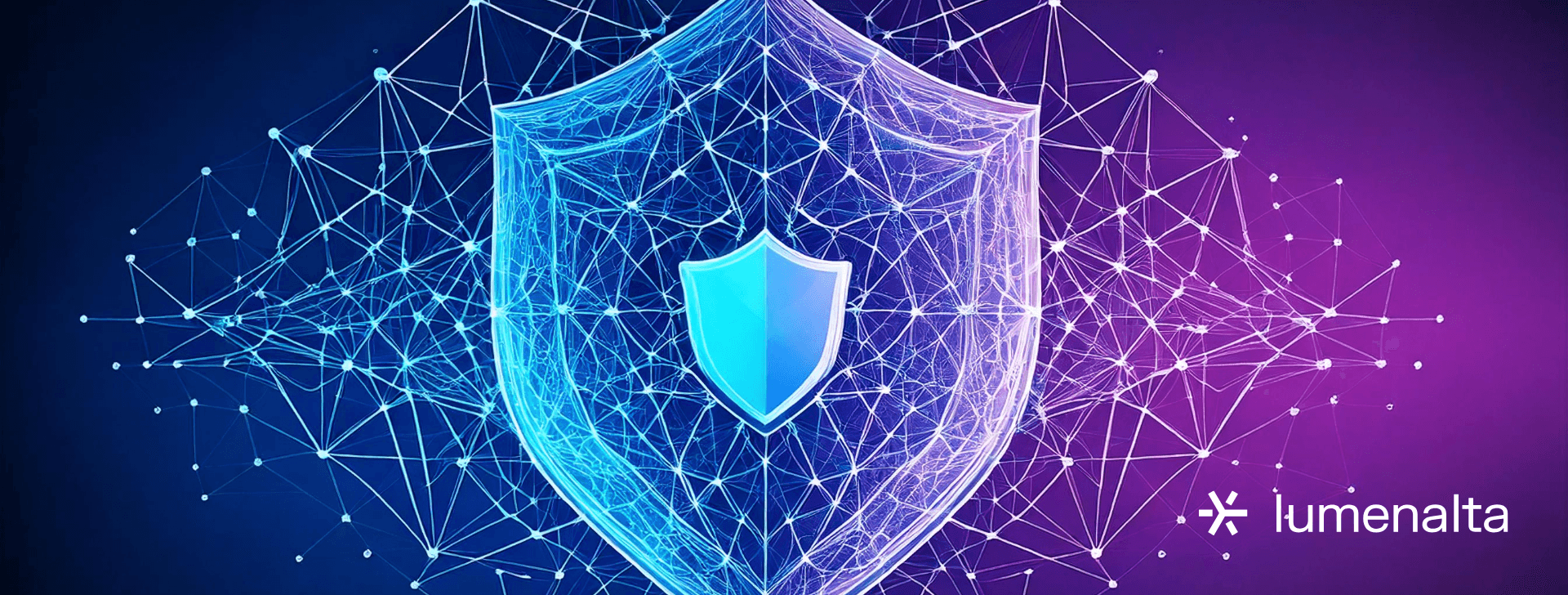
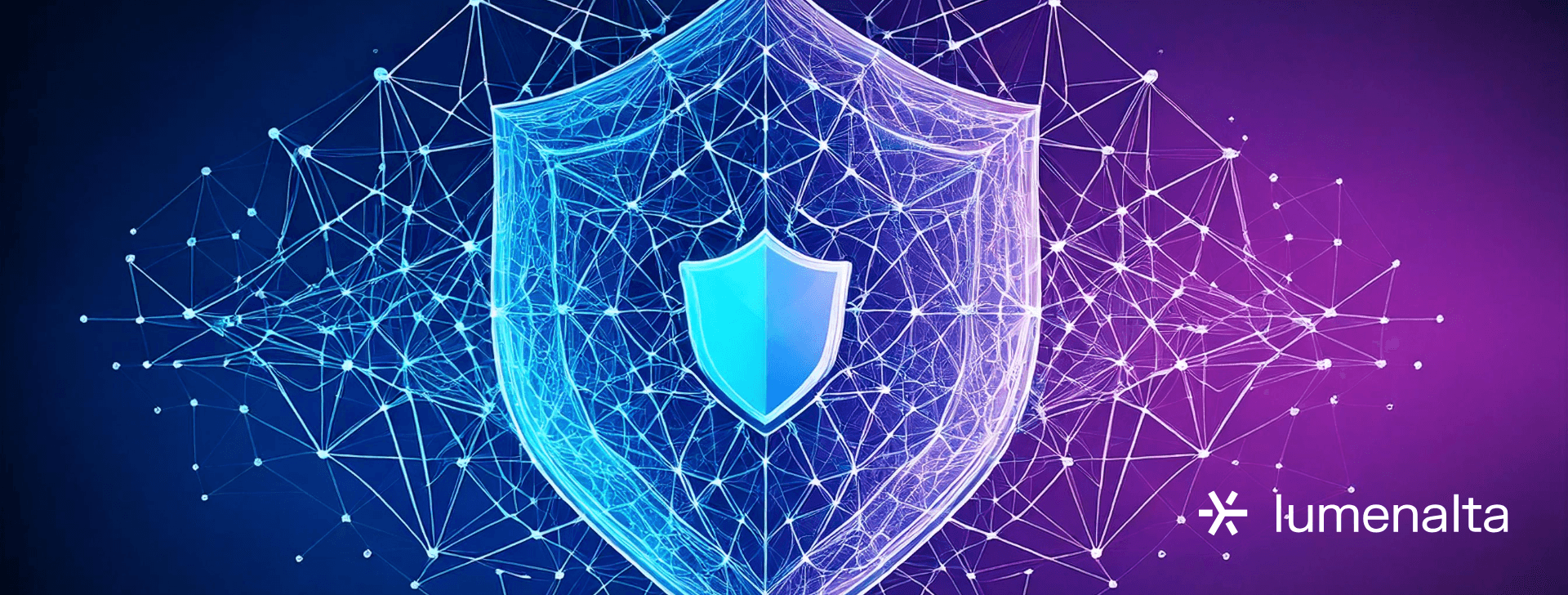
Data privacy vs data protection
FEB. 13, 2025
5 Min Read
Data is one of the most valuable assets a business can manage. With increasing cyber threats and evolving regulations, organizations must prioritize both data privacy and data protection to ensure compliance, security, and consumer trust.
While data privacy governs how personal information is collected, shared, and processed, data protection focuses on securing that information from unauthorized access, breaches, and loss. These practices create a resilient foundation for safeguarding sensitive information in an era of growing digital risk.
Key Takeaways
- 1. Data privacy determines how personal information is collected, used, and shared, while data protection ensures it remains secure from unauthorized access.
- 2. Regulatory compliance, cybersecurity threats, and third-party risks make data privacy and data protection critical for businesses handling sensitive information.
- 3. Encryption, access controls, and secure backup strategies play a key role in safeguarding personal and corporate data from breaches and loss.
- 4. Businesses must regularly update security protocols, conduct employee training, and monitor data activity to maintain compliance and minimize risks.
- 5. A combined approach to privacy and protection strengthens trust, ensures legal compliance, and enhances long-term business resilience.
What is data privacy?

Data privacy refers to the right of individuals to control how their personal information is collected, stored, and shared. It encompasses legal frameworks, regulations, and ethical considerations that dictate how organizations handle sensitive data, such as names, addresses, financial details, and online behaviors. Compliance with data privacy laws ensures that businesses obtain explicit user consent before gathering personal information and maintain transparency in how data is used.
Laws such as the General Data Protection Regulation (GDPR) and the California Consumer Privacy Act (CCPA) establish strict guidelines for businesses to follow. These regulations protect consumers by granting them rights over their data, including access, deletion, and correction. Failing to comply with these laws can lead to significant legal and financial consequences, making data privacy a crucial aspect of business operations.
"Data privacy refers to the right of individuals to control how their personal information is collected, stored, and shared."
What is data protection?
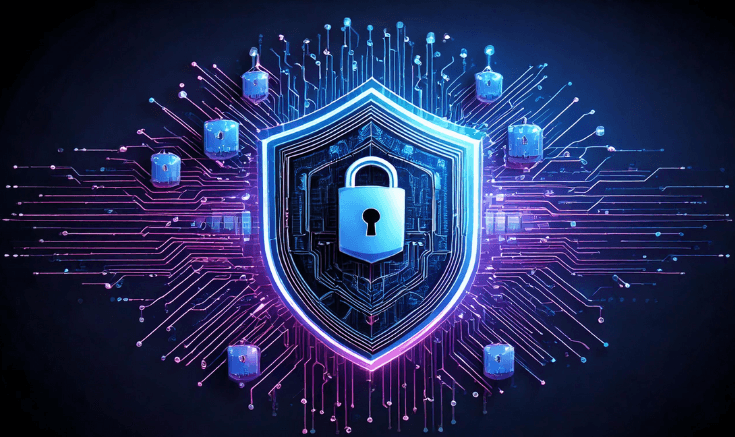
Data protection refers to the strategies, policies, and technologies used to safeguard information from unauthorized access, corruption, or loss. Unlike data privacy, which focuses on the ethical and legal aspects of personal information, data protection ensures that all types of data—personal, corporate, or confidential—remain secure from cyber threats, breaches, and system failures.
Organizations implement encryption, access controls, and backup solutions to prevent unauthorized data exposure and ensure business continuity. Regulations such as the GDPR and CCPA also include provisions for data protection, requiring companies to implement security measures that minimize the risk of data breaches. Strong data protection practices help businesses maintain trust, prevent financial loss, and comply with regulatory requirements.
Importance of data privacy and data protection
Data privacy and data protection are essential for businesses and individuals, ensuring regulatory compliance, preventing financial losses, and maintaining trust. Both concepts work to safeguard sensitive information while ensuring it is handled responsibly.
Protecting sensitive data reduces risk, prevents financial losses, and ensures compliance with strict regulations. Without strong security measures, businesses face legal penalties, operational disruptions, and reputational damage. A structured approach strengthens customer trust, improves decision-making, and supports scalable, cost-effective security.
- Regulatory compliance: Businesses must follow data privacy and data protection laws such as GDPR and CCPA to avoid legal consequences, hefty fines, and reputational damage.
- Customer trust: Consumers expect companies to handle their personal information responsibly. Strong privacy and security measures increase confidence and loyalty.
- Cybersecurity risk reduction: Data breaches and unauthorized access can result in financial and operational disruptions. Protection strategies like encryption and multi-factor authentication mitigate risks.
- Reputation management: A privacy breach can severely impact public perception. Transparent data handling and security policies strengthen brand credibility.
- Business continuity: Data protection ensures companies can recover critical information after cyberattacks, hardware failures, or human errors, reducing downtime and financial losses.
- Intellectual property security: Organizations store proprietary data, research, and trade secrets that require protection from cyber threats and unauthorized access.
A strong data privacy strategy minimizes financial risk, ensures compliance, and reduces downtime after cyber threats. Businesses that prioritize security improve operational efficiency and maintain trust with customers and stakeholders. Scalable protections also support long-term growth and seamless governance.
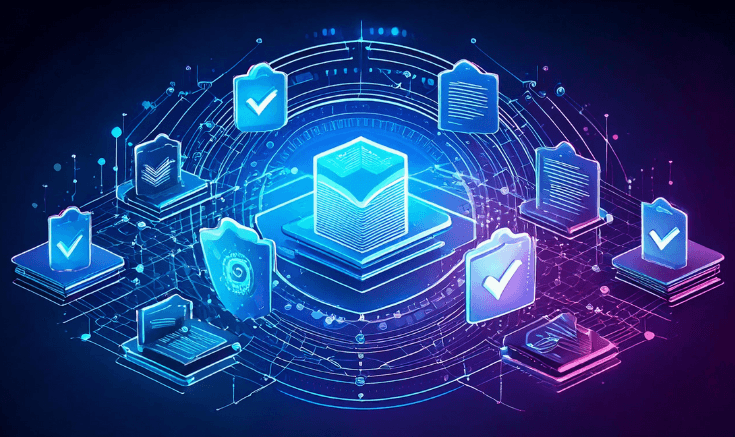
Key differences between data privacy vs data protection
The main difference between data privacy vs data protection is that data privacy focuses on how personal information is collected, shared, and used, while data protection involves securing that information from unauthorized access or loss. Privacy concerns revolve around compliance, transparency, and individual rights, whereas protection involves encryption, access controls, and security measures.
| Aspect | Data privacy | Data protection |
|---|---|---|
| Definition | Governs how personal data is collected, shared, and processed | Secures data from unauthorized access, loss, or corruption |
| Primary focus | Legal and ethical handling of personal information | Preventing breaches, leaks, and cyber threats |
| Methods used | Consent management, data minimization, compliance policies | Encryption, firewalls, access controls, backups |
| Regulatory framework | GDPR, CCPA, HIPAA, and other privacy laws | Security regulations within GDPR, ISO 27001, NIST |
| Who it protects | Individuals and their rights over personal data | Organizations and individuals from data breaches |
| Outcome | Ensures individuals have control over their data | Keeps information secure and prevents unauthorized access |
Both data privacy and data protection are necessary for maintaining trust, compliance, and security. While privacy establishes guidelines on data usage, protection ensures the integrity and confidentiality of that information.
Challenges faced in data privacy and data protection
Managing data privacy and data protection presents several obstacles for businesses, especially as cyber threats change and regulatory requirements become more complex. Without effective strategies, organizations risk financial penalties, operational disruptions, and reputational damage.
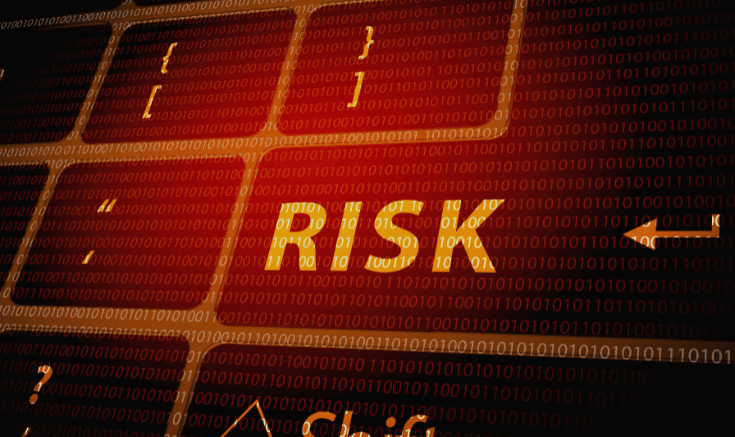
- Complex regulatory compliance: Businesses must manage a growing number of data privacy and data protection regulations, including GDPR, CCPA, and industry-specific laws. Keeping up with new legal requirements increases operational complexity and costs.
- Data breaches and cyberattacks: Hackers exploit vulnerabilities to gain unauthorized access to sensitive data. Ransomware, phishing, and insider threats expose organizations to financial and reputational risks.
- Third-party risks: Many companies rely on third-party vendors and cloud service providers for data storage and processing. Weak security controls in external systems can lead to privacy violations and breaches.
- Lack of transparency in data collection: Consumers expect clear explanations about how their personal information is gathered and used. Without proper disclosures, businesses face legal scrutiny and loss of trust.
- Balancing security with usability: Strong security measures can sometimes reduce system performance or complicate user experiences. Organizations must implement protections without hindering efficiency.
- Data sovereignty and cross-border transfers: Companies operating globally must comply with different data privacy laws in each jurisdiction. Transferring data across borders requires strict safeguards to meet legal requirements.
- Growing data volumes: Businesses generate and store vast amounts of information, making it difficult to track, classify, and protect sensitive data effectively. Poor data management increases the risk of exposure.
Addressing these challenges requires a proactive approach, combining legal compliance, technological safeguards, and internal policies to enhance privacy and security measures.
"The main difference between data privacy vs data protection is that data privacy focuses on how personal information is collected, shared, and used, while data protection involves securing that information from unauthorized access or loss."
Best practices for implementing data privacy and protection

Strong data privacy and data protection practices help businesses comply with regulations, prevent security breaches, and maintain customer trust. A structured approach to securing data ensures both legal compliance and operational resilience.
Establish clear data privacy policies
Organizations should develop transparent policies outlining how personal data is collected, used, and shared. Privacy notices must be clear, accessible, and compliant with laws such as GDPR and CCPA. Customers should have options to control their data preferences, including consent management and opt-out mechanisms.
Implement strong access controls
Restricting access to sensitive information reduces the risk of unauthorized exposure. Role-based access control (RBAC) and multi-factor authentication (MFA) ensure that only authorized personnel can handle critical data. Regular access reviews help maintain security by identifying and removing unnecessary permissions.
Encrypt sensitive information
Encryption protects data by converting it into unreadable code that requires decryption keys. This method safeguards information at rest, in transit, and during processing. Using end-to-end encryption strengthens security, especially when handling financial transactions, medical records, or proprietary business information.
Regularly update security protocols
Cyber threats continuously change, requiring businesses to update security measures regularly. Patch management, security updates, and vulnerability assessments help identify and fix weak points in software and network infrastructure. Automated updates ensure systems remain protected without manual intervention.
Conduct employee training and awareness programs
Human error remains one of the leading causes of data breaches. Training employees on security best practices, phishing detection, and compliance requirements reduces risks. Simulated cyberattack exercises help assess how well teams respond to threats and reinforce security awareness.
Monitor and audit data activity
Regular audits help organizations detect suspicious activities, unauthorized access, or compliance gaps. Data loss prevention (DLP) tools and security information and event management (SIEM) systems provide real-time insights into data movements, ensuring rapid responses to potential threats.
Maintain secure data backup and recovery plans
Unexpected disruptions, such as ransomware attacks or system failures, can result in data loss. Implementing automatic backups and disaster recovery strategies ensures that critical information remains accessible. Storing backups in secure, different geographical locations strengthens business continuity.
Strengthen third-party risk management
Vendors, cloud providers, and partners often handle sensitive data, creating potential security gaps. Conducting risk assessments, requiring contractual security obligations, and monitoring compliance reduce third-party threats. Secure data-sharing agreements ensure external parties meet required security standards.
Minimize data collection and retention
Storing excessive amounts of personal information increases security risks. Organizations should adopt data minimization principles, collecting only necessary data and deleting outdated records. Automated data retention policies ensure compliance with legal obligations while reducing exposure to breaches.
Align data privacy and protection strategies
Privacy and security efforts must work for comprehensive protection. A unified strategy combines regulatory compliance with advanced security measures, ensuring that personal and corporate data remain secure from unauthorized access and misuse.
Businesses that prioritize data privacy and data protection reduce risks, improve compliance, and build long-term trust. A proactive approach combining legal frameworks, technological safeguards, and employee awareness strengthens security while respecting individual privacy rights.
Data security is not just a compliance obligation—it is the foundation of trust and resilience in a data-focused economy. Protecting information requires a strategic approach that aligns with changing regulations, cybersecurity risks, and business objectives. At Lumenalta, we specialize in tailored solutions that help organizations safeguard their most valuable assets while maintaining compliance. Let’s build a more secure future together.
Table of contents
- What is data privacy?
- What is data protection?
- Importance of data privacy and data protection
- Key differences between data privacy vs data protection
- Challenges faced in data privacy and data protection
- Best practices for implementing data privacy and protection
- Common questions about data privacy vs data protection
Common questions about data privacy vs data protection
What is the difference between data privacy and data protection?
Why is data privacy important in business operations?
How does encryption help with data protection?
What are the biggest challenges in data privacy compliance?
How can businesses strengthen their data protection strategies?
Want to learn how data privacy can bring more transparency and trust to your operations?





